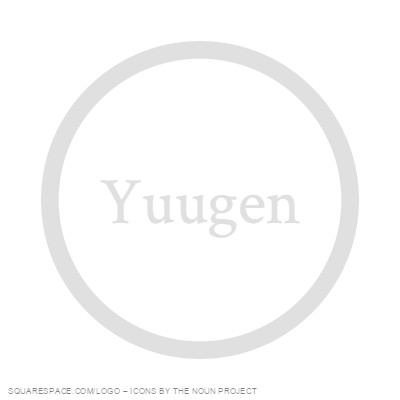Genkokuji
Situated right below Suwa Jinja in Nishi Waseda, Genkokuji is a small temple which used to be the Edo residence of a provincial lord. Back in the Edo period, provincial lords were required to make annual visits to Edo and spend time in the capital so that the Shogun could keep an eye on them all. Genkokuji used to be the estate for one of these lords when they were required to live in the city.
For the casual: 4. For the educated: 4.
Like Suwa Jinja, Genkokuji is a small and pleasant temple which is off the radar of most people other than those who visit. But for its small scale and seemingly closed doors, Genkokuji will always be held in a special place in my heart. When I went to visit, the nun living there was so excited to welcome Westerners and especially students on study abroad at Waseda University (key emphasis on the Waseda part) that she gave me my Goshuin and then invited my friend and I into the main hall, which from what I could understand was kept off limits to most people. It was an amazing experience to see the ornate decorations within the temple and the pristine yard below which had been maintained since the temple was a villa. Now typically you're not allowed to take photos of the inside of a temple or shrine, but we were allowed to hence the photo below. I would highly recommend visiting because it is off the beaten path.
